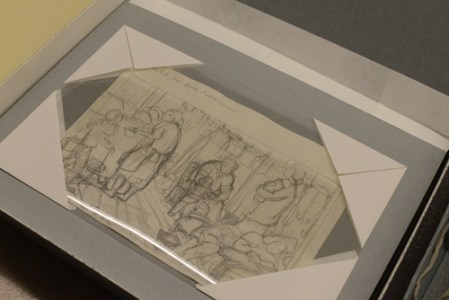
January 30 is the birthday of the late Fred Korematsu and it is also Fred Korematsu Day of Civil Liberties and Social Justice!
Over the past few years, we have had a chance to get to know his daughter, Karen Korematsu, who has taken on the role of Co-Founder and now Executive Director of the Korematsu Institute, whose mission is to advance pan-ethnic civil and human rights through education.
Karen is joining with others to spread the word about her father’s story. As a young man, Mr. Korematsu purposely disobeyed the government’s 1942 order that excluded all people of Japanese ancestry, without due process, from the West Coast. He was arrested and eventually removed to a Japanese American concentration camp in Utah. He appealed his case all the way to the U.S. Supreme Court, but in 1944 the Court ruled against him, declaring that the exclusion and confinement of people of Japanese descent was justified. It wasn’t until 1983 that his conviction was finally overturned. (Here is a link to his full bio.)
For teachers who are planning to commemorate Mr. Korematsu’s stand for civil liberties, we’ve put together a few links to FREE resources that we hope might be helpful to you:
• A neat opportunity for teachers to hear Karen Korematsu speak as part of UC Berkeley’s “Movement, Militarization, and Mobilization: The Bay Area Home Front in WWII” NEH Landmarks of American History and Culture Workshop—deadline to apply is 3/4/2014.
• A link to order Korematsu Institute curriculum
• A series of short videos and powerpoint presentations commemorating Fred Korematsu, courtesy of the Los Angeles County Office of Education.
• Lesson plan to conduct a Korematsu Mock Trial with high school students, courtesy of Mark Hansen, a fantastic Texas teacher.
Happy Fred Korematsu Day!

![Estelle Ishigo (Gift of Mary Ruth Blackburn, Japanese American National Museum [2000.103.12])](https://i0.wp.com/media.discovernikkei.org/articles/4279/ishigo2.jpg?resize=269%2C215)






















